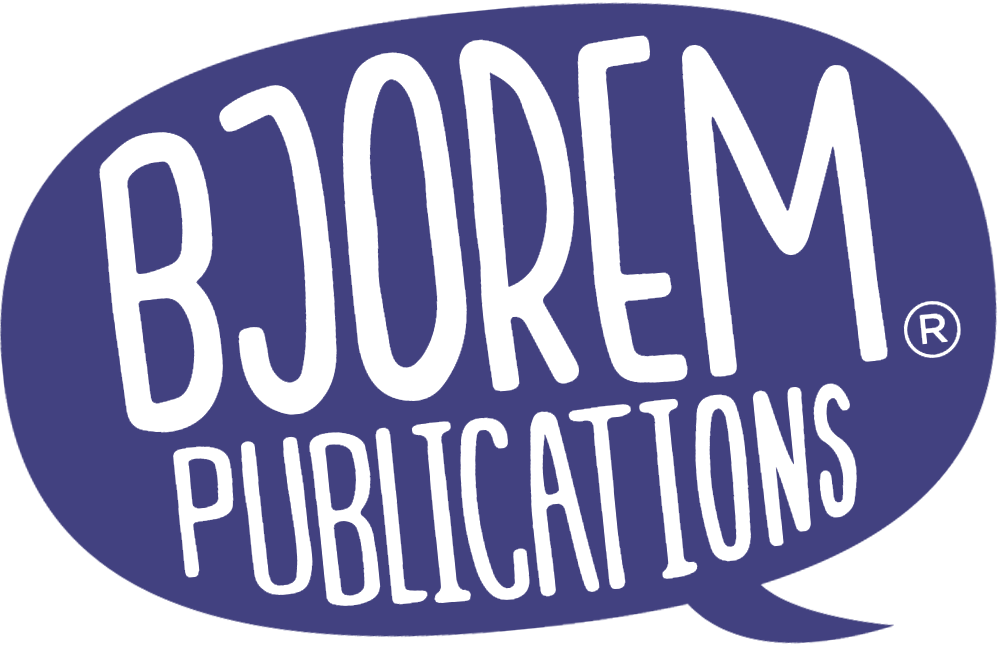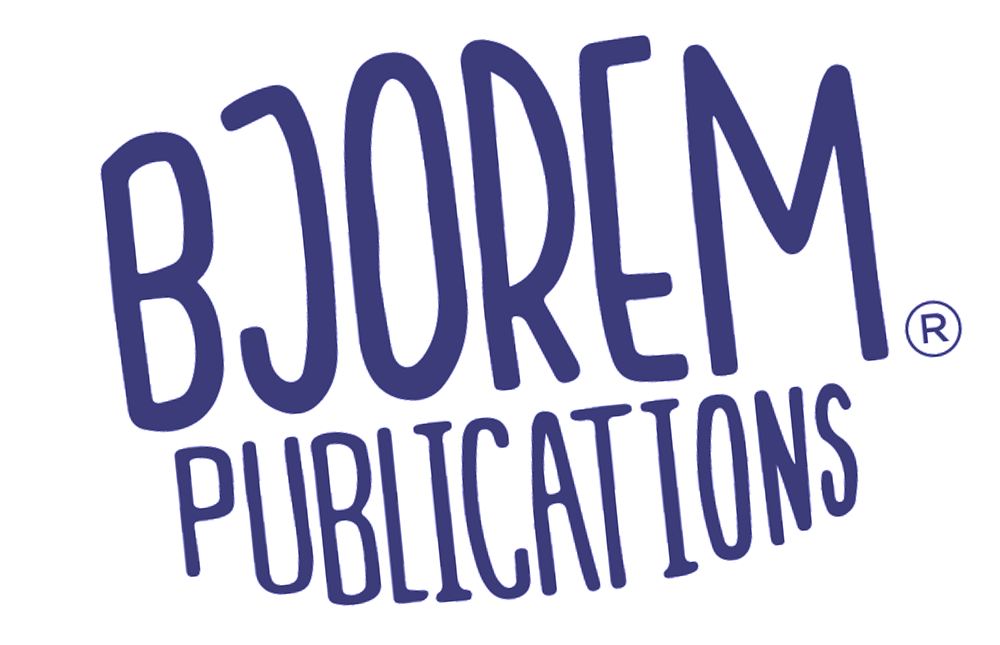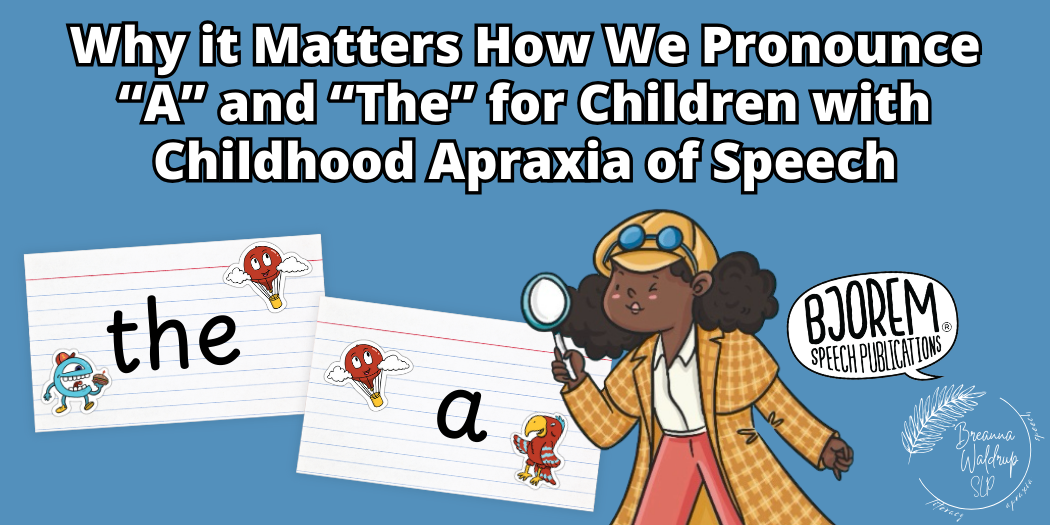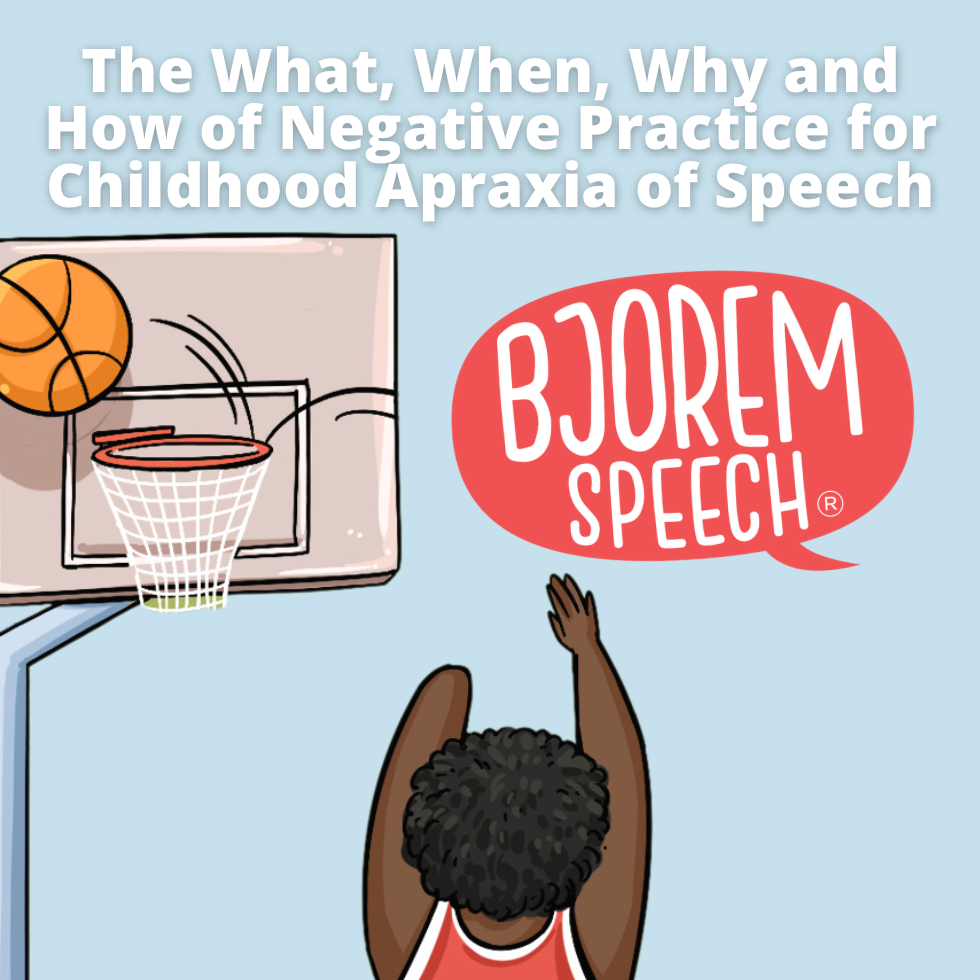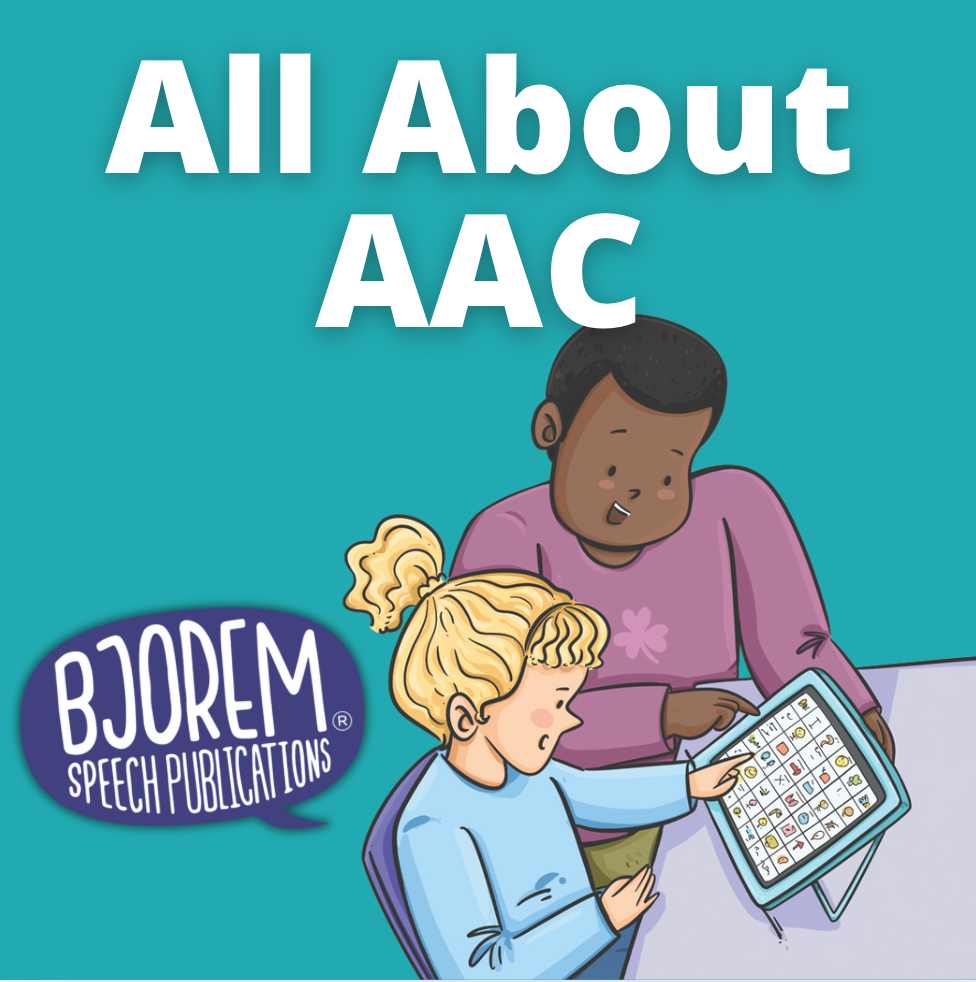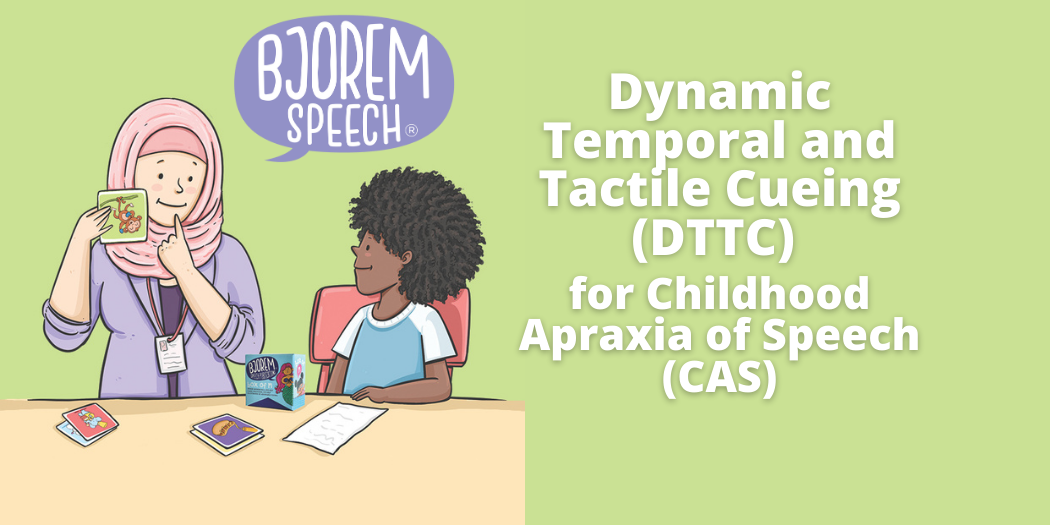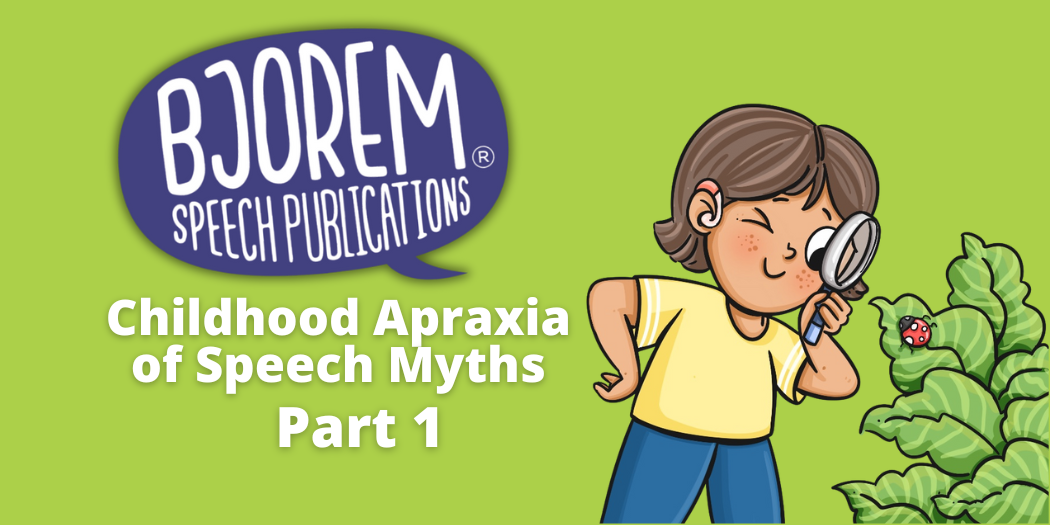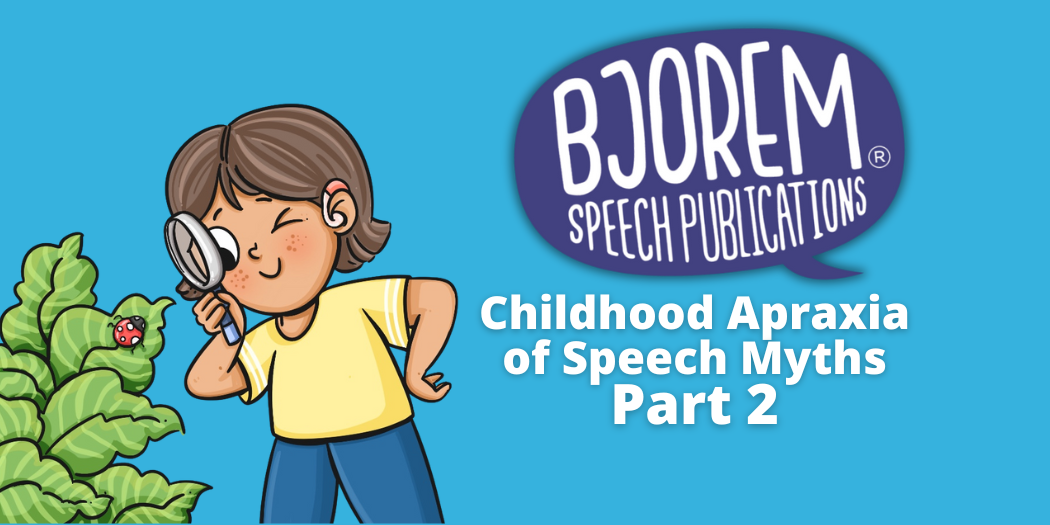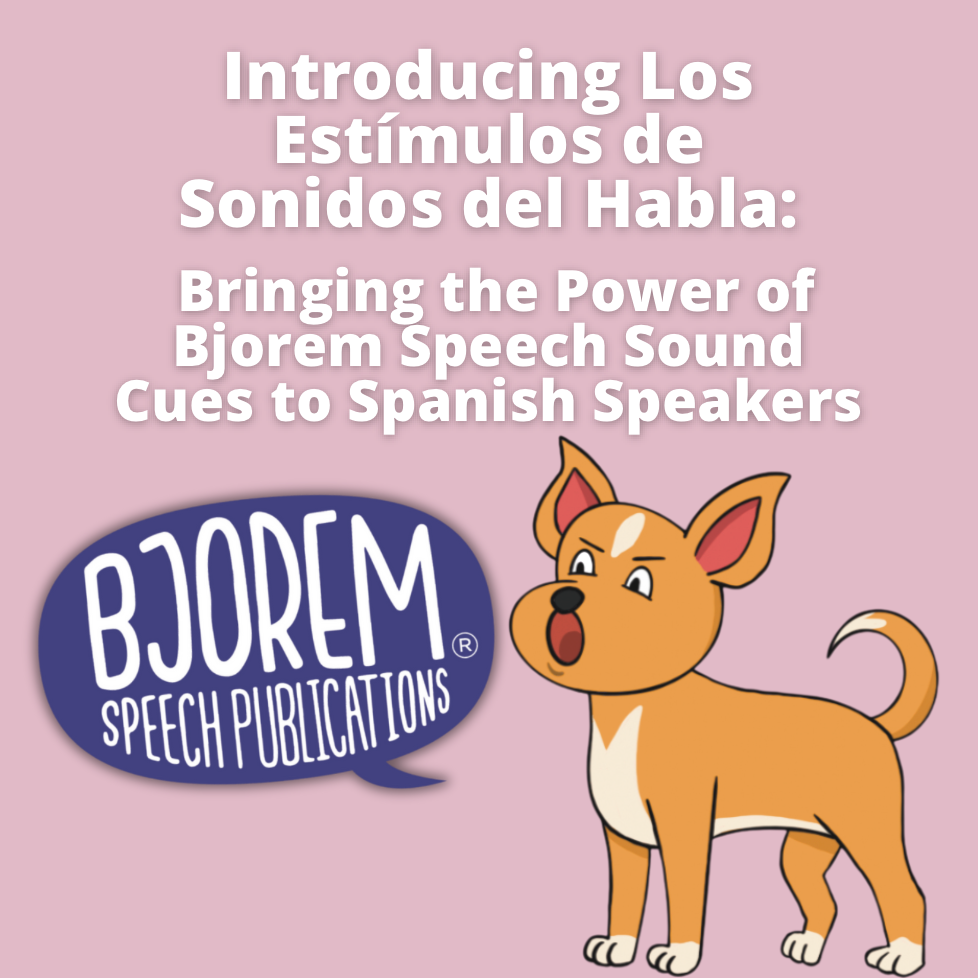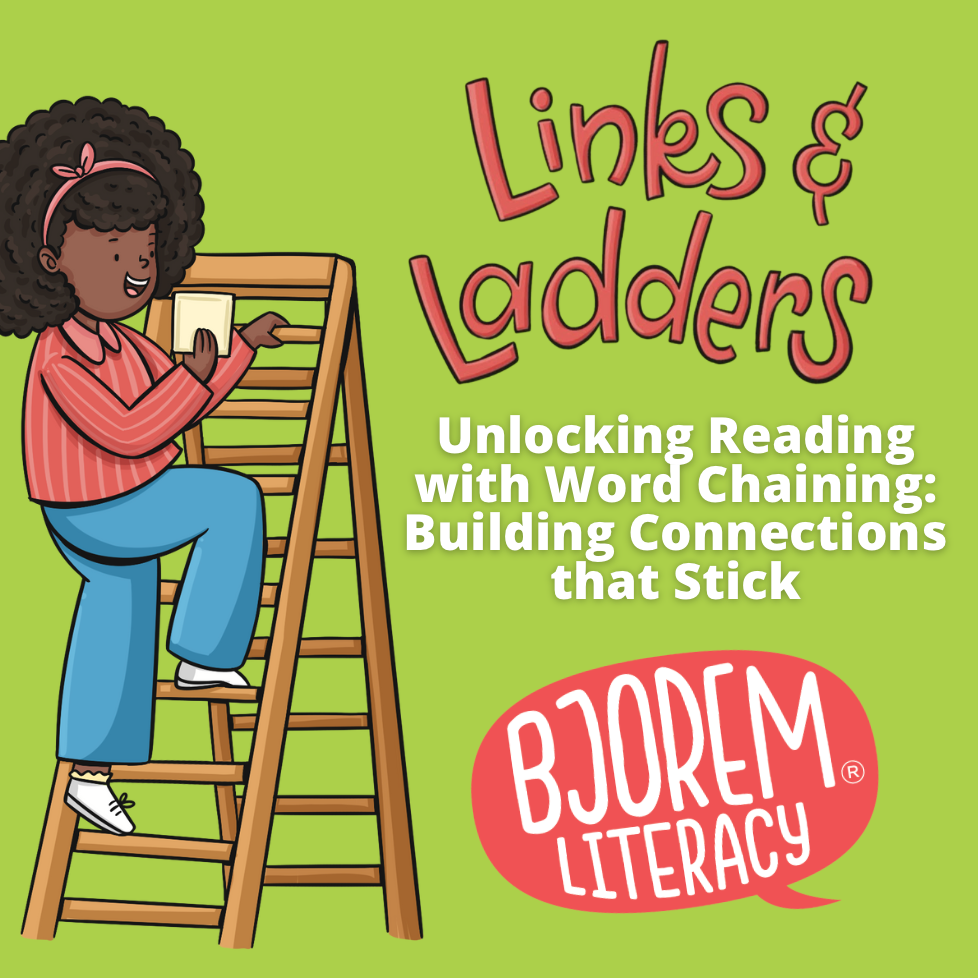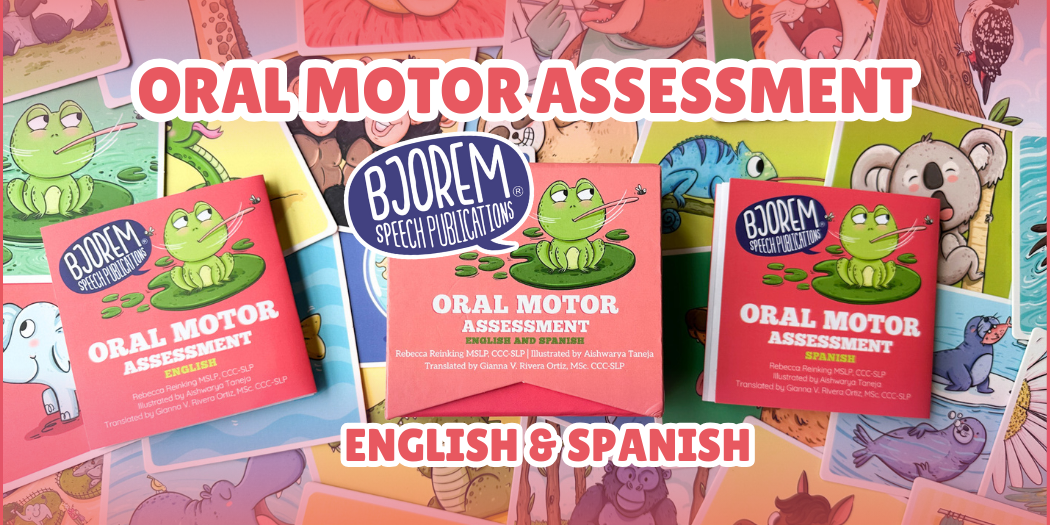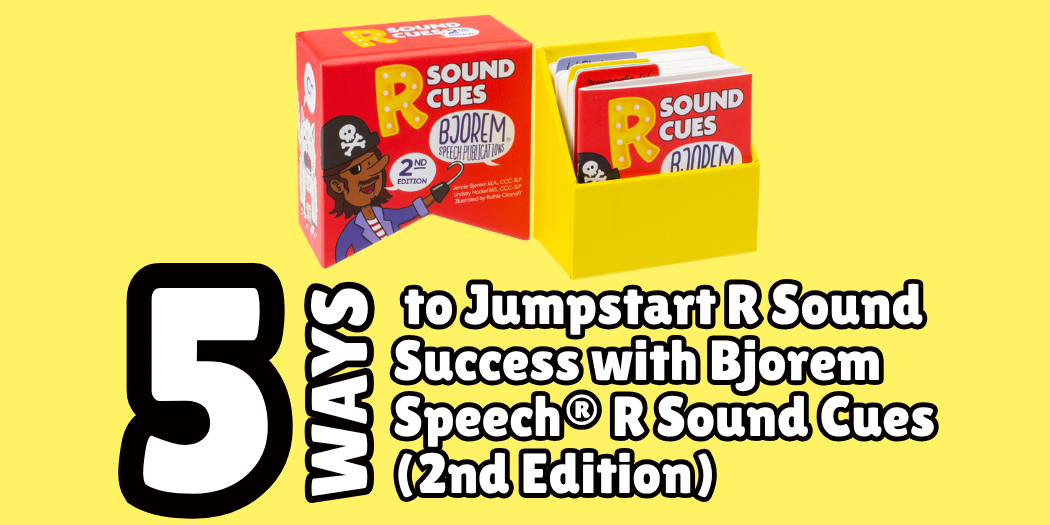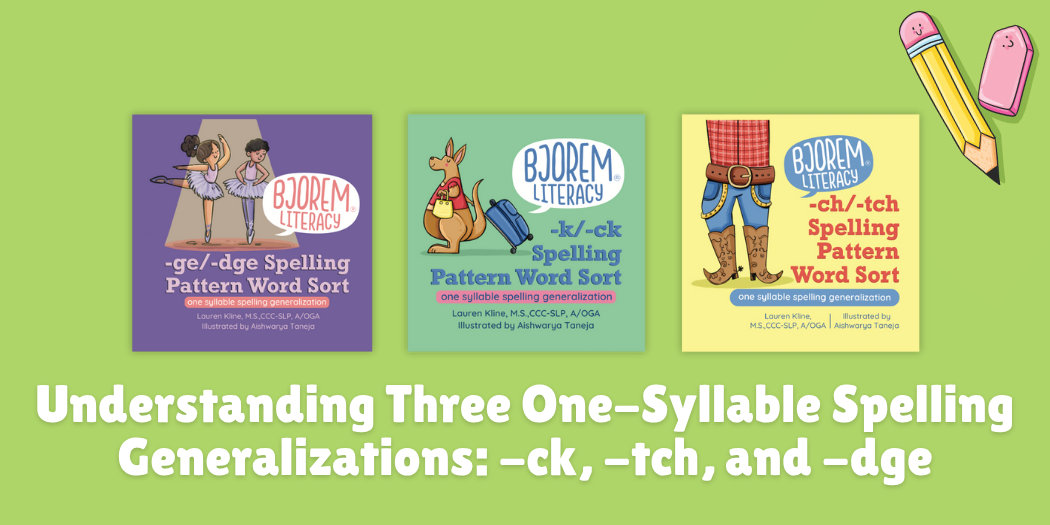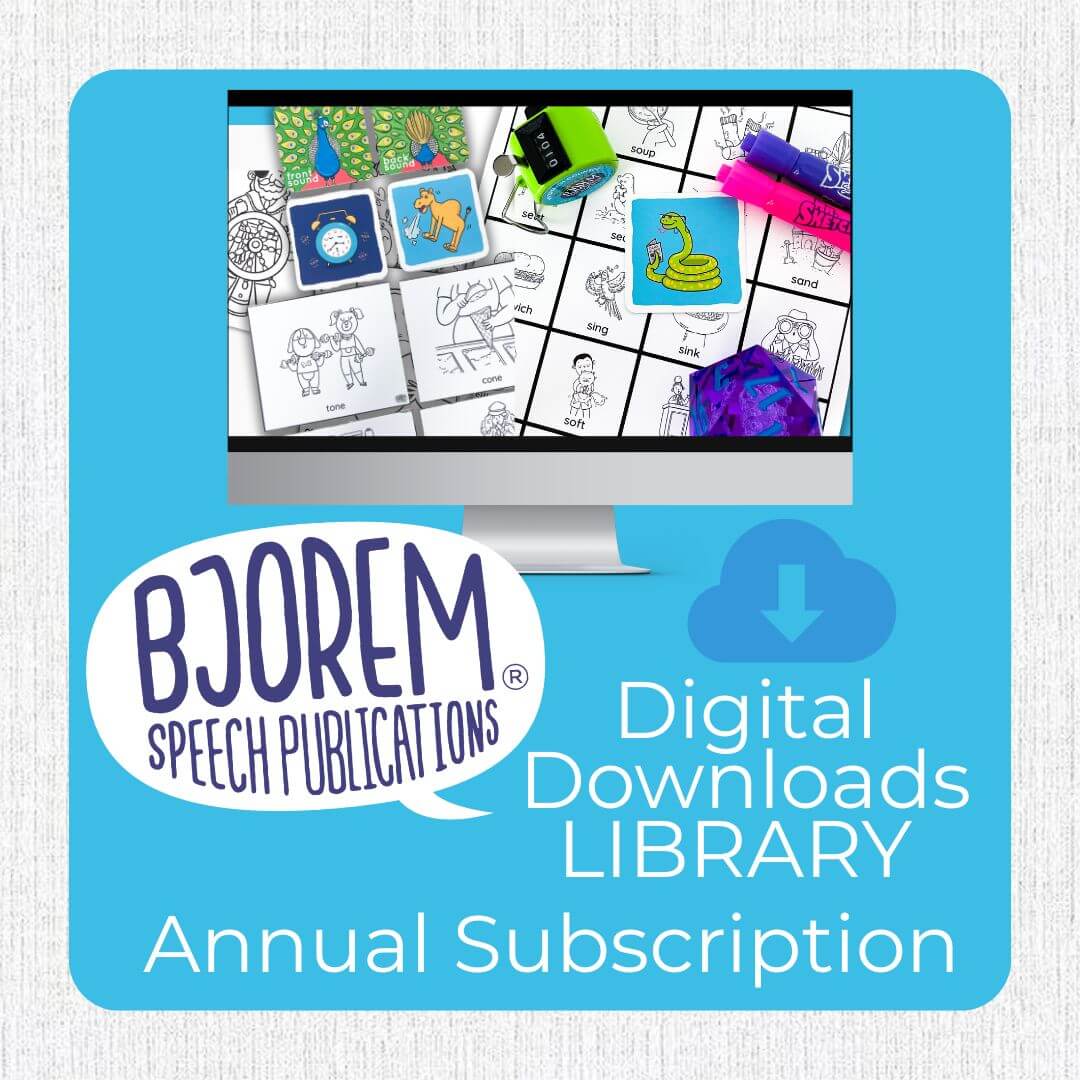Why it Matters How We Pronounce “A” and “The” for Children with Childhood Apraxia of Speech
By Breanna Waldrup, MS, CCC-SLP
When it comes to helping children with childhood apraxia of speech (CAS) learn to talk and read, there’s a lot to know. It’s pretty complicated but one relatively simple thing that families, speech-language pathologists and teachers can do is to think about coarticulation, especially with the articles “a” and “the.”
What is Coarticulation?
Coarticulation is how we move when we talk. Coarticulation is due to the differences between the speed at which we think versus the speed at which our speech articulators, like our tongue, lips and jaw, can move. Due to this discrepancy, we often find shortcuts in how we move our articulators for speech to be as fast and efficient as possible. These shortcuts are actually compensatory mechanisms used by our speech system to try to keep up with the speed of our thoughts.
One of these shortcuts or compensatory mechanisms in standard American English is to neutralize vowels, especially in unstressed syllables in multisyllabic words and in monosyllabic function words. Some of these monosyllabic function words in which we neutralize the vowel to a schwa (the short u or “uh” sound; the “up” sound in the Bjorem Speech Sound cues) are the articles “a” and “the” in connected speech. Neutralizing these vowels in connected speech helps our speech articulators to move faster and more efficiently. We can increase our rate of speech and fluency since our tongue is in a very neutral position for production of the schwa as opposed to the high front position for the /i/ (“ee”) in “the” or the /ei/ (“ay”) in “a”. When we’re teaching children with childhood apraxia of speech how to talk, if we teach them to neutralize the vowels in this manner, it can help their speech be as fast and efficient as possible. Teaching sounds using the Bjorem Speech Sound Cues can make this easier.

Coarticulation in Reading
Interestingly, coarticulation can also help children with childhood apraxia of speech become more fluent when learning how to read aloud. However, this isn’t usually done, especially with the articles “a” and “the,” in part due to decoding and spelling rules.
Decoding and spelling rules are essential components of structured literacy, which is the method of teaching reading with the highest research evidence. According to decoding and spelling rules, if a vowel comes at the end of a syllable, it says its name or makes its long sound. So the article “a” is pronounced with the long a sound (“ay” or the tropical bird sound in the Bjorem Speech Sound cues) and the article “the” is pronounced with a long e sound (“ee” or the eating sound in the Bjorem Speech Sound cues).

However, in almost all of our connected speech, unless for some reason we are stressing the article, we will naturally neutralize the vowels in these words to a schwa. As most children grow in their reading proficiency and fluency, they will also naturally neutralize these vowels when reading aloud. However, since children with childhood apraxia of speech memorize motor plans for words, they are often unable to make this switch between what they have memorized in single words and what is used in connected speech, unless we teach and practice it explicitly.
When we are teaching children with apraxia to read, we can explain the spelling rule but then when we're actually practicing reading the words, we can practice how we say it in natural, connected speech and say “a” and “the” with a schwa.
More about How to Teach Articles for Children with CAS
How exactly do we teach children with childhood apraxia of speech both the reading principles for decoding and spelling, as well as coarticulation?
One way is by telling children that there is often a difference between how a word looks when we write it out or spell it versus how it sounds and how our mouth actually moves when we say it. I use this to explain coarticulation for many words and phrases, including articles.

It is important that we teach decoding and spelling rules to children with CAS. After I have taught the rule that vowels at the end of syllables say their name or long sound, I explain that there is a difference in how the words “a” and “the” sound and how we say them. I tell the child that we usually say “a” as “uh” and “the” as “thuh” both when we read aloud and talk.

The Issue with Sight Words
Sight words are a bit of a controversial topic in the world of reading. If you’re not familiar with the Reading Wars that have been happening in the United States, there are basically two opposing schools of thought on reading instruction. In a nutshell, there is structured literacy, which relies on explicit teaching of phonics (sound-letter associations) in a hierarchical, explicit fashion, and whole-language, which focuses on making meaning in reading, and relies heavily on memorizing words. There is an overwhelming body of evidence, called the Science of Reading, indicating that structured literacy is the best way to teach reading.
While structured literacy does not rely on memorizing hundreds or thousands of sight words like whole-language does, sight words do have their place. True sight words may be “rule-breakers” that do not follow spelling rules. For example, “one” does not follow spelling rules and simply has to be memorized.
High frequency words are sometimes also included in sight word lists. These are words that DO follow decoding and spelling rules and CAN be sounded out. However, since they occur so frequently, if the words are memorized, this can assist with reading fluency since the child knows the word “by sight” rather than sounding it out. As mentioned above, the articles “a” and “the” do follow decoding and spelling rules and can be sounded out. However, as “a” and “the” occur extremely frequently, they are often included as sight words to be memorized and thus improve fluency.

If “a” and “the” are being taught as sight words, we want to make sure that we are memorizing them using the coarticulated and common pronunciation in connected speech using a schwa instead of the long vowels. If we do this, then the child is learning the coarticulated version, which is then faster and more efficient in both speech and reading aloud. For children without childhood apraxia of speech, they can memorize the pronunciation with the long vowels and easily switch to the coarticulated/neutralized version with the schwa. However, children with childhood apraxia of speech do not have efficient motor speech systems and making this switch is often very difficult or impossible for them. In fact, if they are practicing using the long vowels in reading these words, they will often not be able to switch back to the neutralized (schwa) when speaking, even if they previously used the neutralized version of these words in speech. Given this, we want children with childhood apraxia of speech to memorize the motor plan that's going to be the most functional and natural in as many contexts as possible, which is why I practice the neutralized productions using the schwa. Saying or reading using a schwa for “a” and “the” will be correct the vast majority of the time.
But What About in the Classroom?
Hopefully it makes sense now why we want to teach the neutralized productions of “a” and “the” with the schwa vowels for children with childhood apraxia of speech. But what about children with other speech sound disorders or with no speech sound disorder at all?

In these cases I still recommend focusing on the most common pronunciation of the articles using the schwa because this will only help fluency. If the child is memorizing these sight words for the purpose of improving their fluency when reading aloud, by going ahead and doing the schwa this will also improve their fluency. Also what's the harm if we've taught the spelling rule? If they know the spelling rule and they forget the sight word, they can always sound it out. Remember, for children without motor planning and programming difficulties, they can easily flip between using the long vowels in reading and the schwa in speech, and they will probably do so without giving it a second thought. However, if for some reason they don't switch between the two pronunciations, I prefer that they use the schwa because it will sound more natural and increase their fluency.
When reading is being taught in a classroom or in a group of students in which a child with apraxia of speech is being taught to read alongside their peers, I ask the teacher(s) to practice the sight words with the coarticulated production using the schwa. Many teachers will do something like a “word wall” in their classroom and they'll practice the sight words on the wall as a group. In this case, it can make a tremendous difference for children with childhood apraxia of speech to practice saying the words in a more natural way with a schwa. For the other children in the class, it will not do any harm - it won't hinder them to learn this more natural production. If the other children in the class are able to also learn the production with the long vowels, that's great but if they don't that's okay too because they will be using the most common pronunciation in standard American English. So by teaching the entire class or group of students to pronounce articles with a schwa, we can help the children with childhood apraxia of speech and potentially help the other children as well. At worst, we're not hindering the other children’s ability to learn to read.
In Summary
We all use coarticulation in our speech as a compensatory mechanism to help our speech articulators move as quickly and efficiently as possible to try to keep up with our speed of thought. Children with childhood apraxia of speech often struggle with coarticulatory transitions, making it an important area of focus for treatment. Families, teachers and speech-language pathologists can help children with CAS learn to coarticulate by modeling, teaching and practicing the production of the articles “a” and “the” using the schwa (“uh” vowel or “up” sound in the Bjorem Speech Sound cues) instead of the long vowels. This will help children with childhood apraxia of speech talk and read aloud more fluently. If children with CAS are being taught to read in a group setting, learning to produce the articles in this manner will not hinder the other students, and may even help their fluency when reading aloud, as well.
Written by: Breanna Waldrup, MS, CCC-SLP

